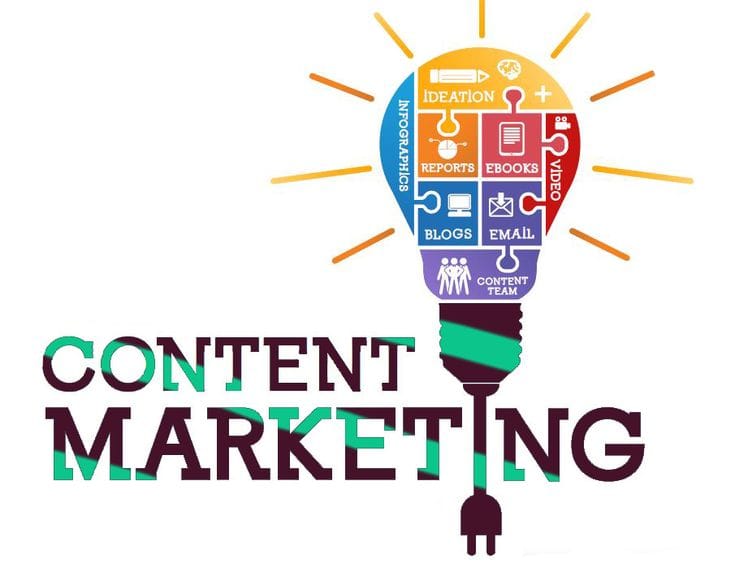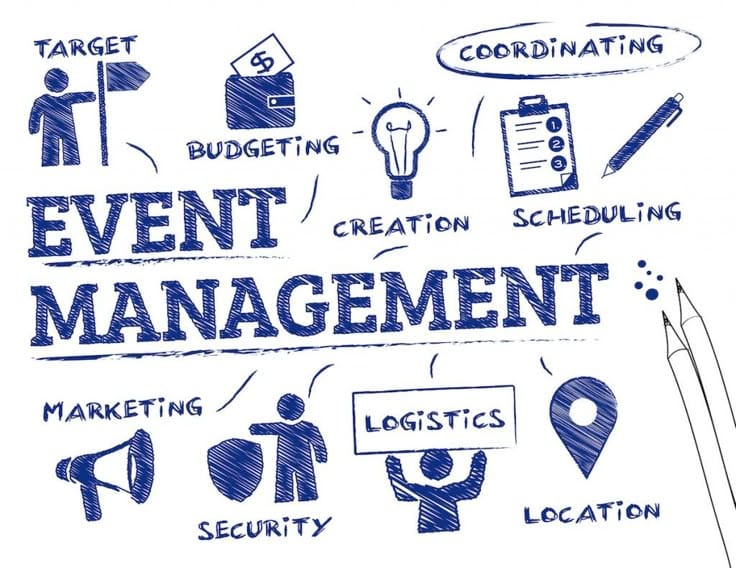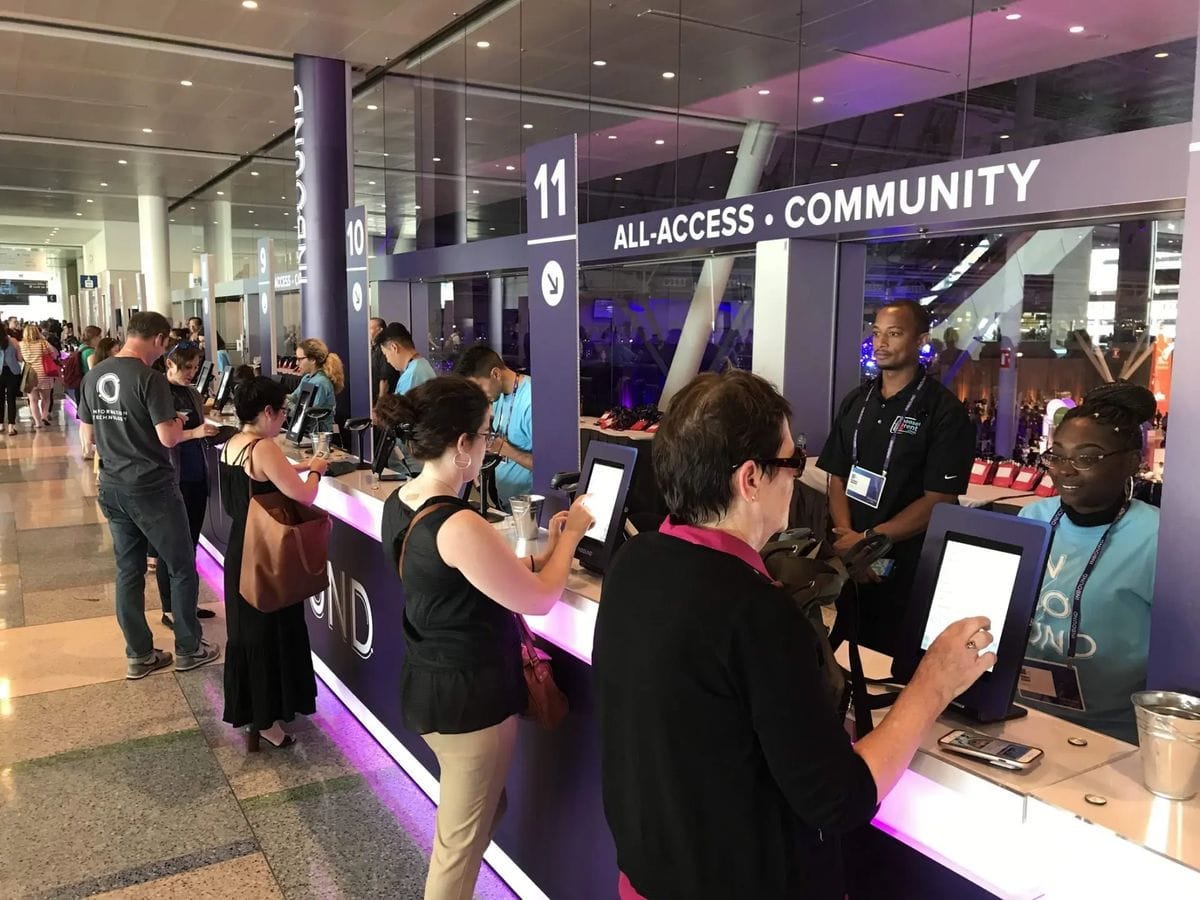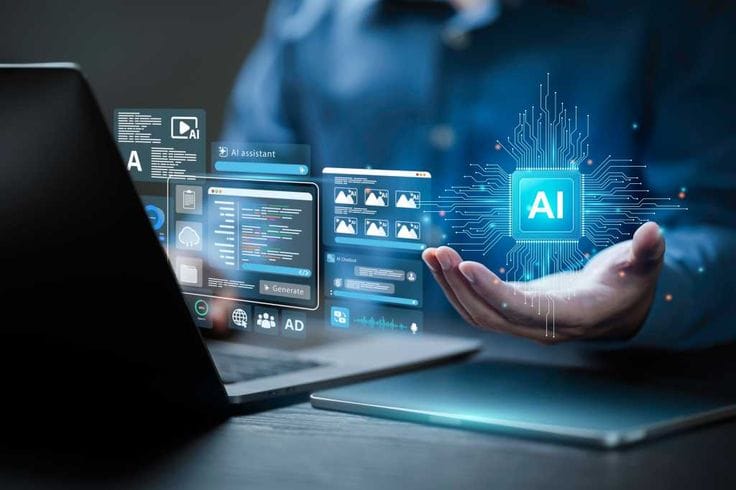Introduction: The Hidden Content Goldmine in Your Events
Events represent some of the most resource-intensive initiatives in a company's marketing calendar. From speaker recruitment and venue selection to promotion and technical production, the investment is substantial—both in terms of budget and human resources. Yet, many organizations treat event content as ephemeral, allowing valuable insights, presentations, and interactions to disappear once the closing remarks conclude.
This approach misses a tremendous opportunity. Your event isn't just an isolated moment in time; it's a content creation engine waiting to be leveraged. Every keynote, breakout session, Q&A segment, and even networking conversation contains material that can fuel your content marketing strategy for weeks or months afterward.
In this comprehensive guide, we'll explore twelve strategic approaches to repurpose your event content, helping you extend its lifespan, reach new audiences, and maximize your return on investment.
Why Repurposing Event Content Matters
Before diving into specific tactics, let's understand the strategic value of content repurposing:
- Extended content lifespan: Transform a one-time event into content that delivers value for months or years.
- Broader audience reach: Connect with people who couldn't attend your live event.
- Multi-channel presence: Meet your audience where they are with format-optimized content.
- Enhanced SEO value: Create multiple indexed assets from a single source.
- Improved ROI: Maximize the value extracted from your event investment.
- Content consistency: Maintain regular publishing schedules with high-quality material.
12 Strategic Ways to Repurpose Your Event Content
1. Create Episodic Video Series
Transform lengthy presentations or panel discussions into bite-sized video episodes. Each episode should focus on a specific point or question, ideally 3-5 minutes in length—perfect for modern attention spans.
Implementation tips:
- Segment recordings based on natural topic transitions
- Create consistent intro/outro segments for brand recognition
- Add captions for accessibility and silent viewing
- Include clear calls-to-action directing viewers to related content
2. Develop Comprehensive Guides or Whitepapers
Combine multiple presentations on related topics into authoritative, downloadable resources. This approach positions your brand as a thought leader while capturing leads through gated content.
Implementation tips:
- Transcribe relevant presentations and organize by theme
- Supplement with additional research and context
- Include visual elements from presentations
- Create executive summaries for busy professionals
3. Extract Quotable Social Media Content
Mine your event recordings for powerful quotes, surprising statistics, or provocative questions. These make excellent social media posts that can drive engagement while promoting your event's full content.
Implementation tips:
- Create branded templates for quote graphics
- Pair quotes with speaker headshots when possible
- Schedule posts strategically over time rather than all at once
- Tag speakers to leverage their networks
4. Launch a Topic-Focused Podcast Series
Audio content continues to grow in popularity. Repurpose your event's audio into podcast episodes, potentially including follow-up interviews with speakers to add fresh perspectives.
Implementation tips:
- Enhance audio quality through professional editing
- Create segment structures for consistency across episodes
- Develop podcast artwork that aligns with your event branding
- Distribute across major podcast platforms
5. Author Guest Articles and Blog Posts
Expand on individual presentations or panels to create in-depth articles. These can be published on your company blog or pitched to industry publications as guest contributions.
Implementation tips:
- Focus each article on solving a specific problem
- Include actionable takeaways not fully covered in the original presentation
- Incorporate relevant data points from the event
- Add custom graphics to illustrate key concepts
6. Compile "Best of" Highlight Reels
Create compilation videos showcasing the most impactful moments from your event. These serve as excellent promotional tools for future events while delivering concentrated value.
Implementation tips:
- Select moments demonstrating energy and audience engagement
- Keep the pace brisk to maintain viewer interest
- Include brief context captions for each segment
- End with information about accessing full content
7. Create Interactive Training Materials
Transform educational sessions into interactive learning resources. These might include assessments, worksheets, or interactive presentations that help users apply concepts.
Implementation tips:
- Break content into clear learning modules
- Add practice exercises and self-assessment tools
- Create implementation checklists
- Offer certification or completion recognition
8. Develop Case Study Collections
If your event featured success stories or implementation examples, repurpose these into formal case studies that showcase results and methodologies.
Implementation tips:
- Follow the problem-solution-result format
- Include quantifiable outcomes whenever possible
- Add contextual information not covered in the original presentation
- Create versions optimized for different stages of the buyer journey
9. Launch Email Nurture Campaigns
Segment event content into a series of value-delivering emails. This approach keeps your brand top-of-mind while providing ongoing value to subscribers.
Implementation tips:
- Group content by persona interest or topic area
- Include both text summaries and rich media elements
- Space delivery appropriately (not too frequent, not too sparse)
- Incorporate progressive calls-to-action
10. Create Visual Infographics
Translate data-heavy presentations into visually engaging infographics that communicate key points at a glance.
Implementation tips:
- Focus on a single coherent story or data narrative
- Maintain brand visual identity while ensuring readability
- Include source attribution to build credibility
- Design for both digital sharing and print distribution
11. Compile an "Event Insights" eBook
Package presentations, attendee feedback, and additional context into a comprehensive eBook that serves as the definitive record of your event.
Implementation tips:
- Organize content thematically rather than chronologically
- Include speaker profiles and credentials
- Add executive perspectives not covered in presentations
- Design for both online reading and printing
12. Develop Interactive Social Experiences
Create polls, quizzes, or assessments based on event content that encourages audience participation while subtly promoting the full content library.
Implementation tips:
- Design experiences that provide personalized insights
- Make sharing results easy and appealing
- Include links to relevant full-length content
- Gather data to inform future content creation

Building Your Event Content Repurposing Strategy
To implement these approaches effectively, follow these five steps:
Step 1: Plan for Repurposing Before Your Event
The most successful repurposing strategies begin before the event itself. Consider:
- Setting up optimal recording equipment for high-quality capture
- Briefing speakers about your repurposing intentions
- Preparing templates for quick post-event production
- Creating a content calendar for systematic repurposing
Step 2: Categorize and Prioritize Content
Not all content deserves equal repurposing effort. Evaluate your event content based on:
- Audience response during the live event
- Alignment with current marketing priorities
- Evergreen vs. time-sensitive nature
- Uniqueness compared to existing content
Step 3: Match Content Types to Audience Segments
Different audience segments prefer different content formats. Map your repurposing strategy to meet these preferences:
- C-suite executives: Executive summaries, short videos, podcasts for commutes
- Technical implementers: Detailed guides, interactive tools, comprehensive recordings
- Researchers/analysts: Data-rich downloadables, methodology explanations
- Prospective customers: Case studies, testimonial compilations, solution overviews
Step 4: Establish a Production Pipeline
Systematic production ensures consistent output. Create workflows for:
- Content transcription and initial editing
- Review and approval processes
- Format-specific production requirements
- Distribution scheduling
Step 5: Measure and Optimize Performance
Track how repurposed content performs across channels:
- Engagement metrics by content format and platform
- Conversion rates from repurposed content
- Audience feedback and sharing behavior
- Time-to-production efficiency

Conclusion: The Compounding Value of Strategic Repurposing
When executed thoughtfully, content repurposing creates a virtuous cycle. Each repurposed asset extends the reach of your original event investment, potentially attracting new audiences to your next live event—where the process begins again.
The most sophisticated marketers view their events not as isolated experiences but as content creation opportunities that fuel their broader marketing ecosystem. By implementing the strategies outlined in this guide, you'll transform your events from fleeting moments into enduring assets that drive engagement, establish thought leadership, and deliver measurable business results long after the venue lights dim.
Ready to maximize the impact of your next event? Start by auditing your most recent event content against these repurposing opportunities. Identify the low-hanging fruit—the content most ready for repurposing—and begin building your systematic approach to event content maximization.
Looking for a technology partner to help capture and repurpose your event content efficiently? Venzi.ai's intelligent content management platform streamlines the process from recording to multi-channel distribution. Contact us today to learn how we can help transform your event content strategy.


